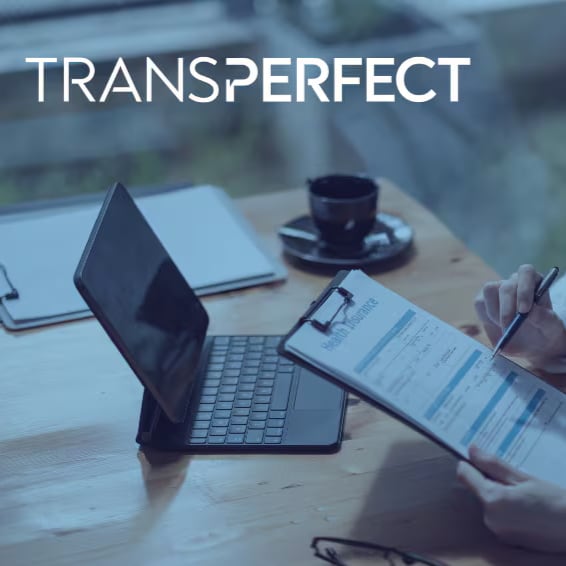Adapt Learning: An Authoring Tool for the Millennial Workplace


By 2020, the millennial generation (roughly defined as those born between 1981 and 1997) will make up more than 50 percent of the global workforce. This generation’s impact on 21st century workplace culture—particularly as it relates to technology—cannot be understated. Having grown up during the eruption of the Internet and mobile phones, millennials expect to work in the same digitally connected manner in which they’ve organized their daily lives. The rigid bureaucracy and analog workflows of the traditional corporation have no place in their app-ified world, where previously complex processes and transactions are completed on-the-go and in a couple of clicks.
Therefore, it should come as no surprise that mobile phones and tablets have become as integral to today’s work culture as PCs or even laptops. Unlike previous generations that are accustomed to being tied down to a traditional office-based workstation, millennials demand the flexibility to switch devices at will, working where they want, when they want.
Unfortunately, the industry has been slow to catch up. Even after the shift towards workforce mobility and flexibility was well underway, few providers dared abandon the limitations of the 4:3 aspect ratio, and efforts to accommodate mobile mostly consisted of shrinking elements down to size. It didn’t take long for companies and learning developers to realize that forcing users to painfully squint at text and clickable elements smaller than the tip of their fingernails was no solution at all.
Thankfully, the e-learning industry is finally poised for a revolution—and it will come as no surprise to some that it isn’t a big corporate innovation that’s driving this giant leap forward, but rather an open-source community with a revolutionary tool called Adapt Learning.
Adapt is built on HTML5, the standard for modern website design. Essentially mobile-first rather than mobile-ready, HTML5 provides the building blocks for a fully and truly responsive web experience, ready for any device and any browser—just what a 21st-century employee expects from their corporate training.
While everything about Adapt is innovative, what first strikes the learner is the navigation. Until recently, there was a golden rule in course design: all content had to be visible within the boundaries of the screen—a user was not expected to scroll. Most, if not all, authoring tools followed a traditional “PowerPoint presentation” approach whereby content was served up on “slides” that the user would navigate using “next” and “back” buttons or arrows.
Users nowadays behave differently—we scroll. Adapt embraces this paradigm, employing scrolling navigation made up of individual blocks of text and widgets that enhance interactivity while also giving users the freedom to progress through the training as they wish.
Adapt also gives developers complete control over the design and “look” of the learning environment, with themes that can be easily customized to fit your preferred UX and company branding. Those of us who work on the learning team at TransPerfect are thrilled to wave goodbye to the days when we’d see the same avatar and player in projects from several different clients in a single week!
This new solution is especially welcome to those of us in the localization industry. The characteristics that make traditional e-learning platforms poorly adapted to mobile—rigid layouts, finite space, and inflexible navigations—are equally problematic when it comes to localization. As text naturally expands and contracts when translated, it’s significantly easier and more cost-effective to localize courses that are designed with responsiveness in mind. Therefore, Adapt is an essential tool for any developer looking to build localization-friendly content.
Adapt’s open-source code and evolving roadmap not only allows our content development teams to create far more engaging and compelling training materials, but also presents exciting possibilities for TransPerfect’s ongoing approach to e-learning localization—ultimately allowing us to reduce turnaround times and costs for our global clients, while also providing an effective learning experience that truly meets the needs of today’s workforce.



